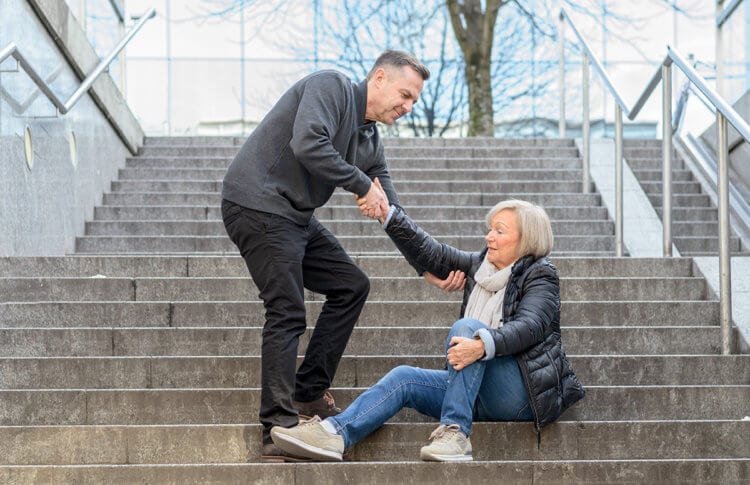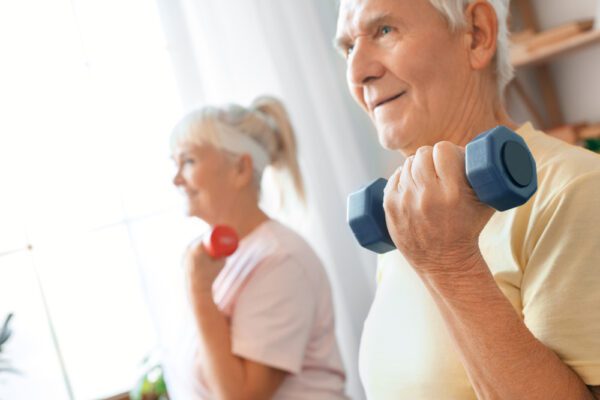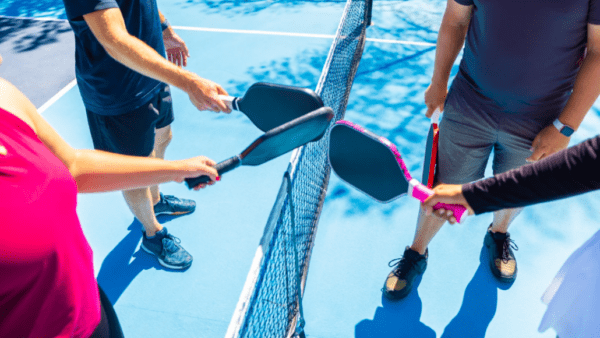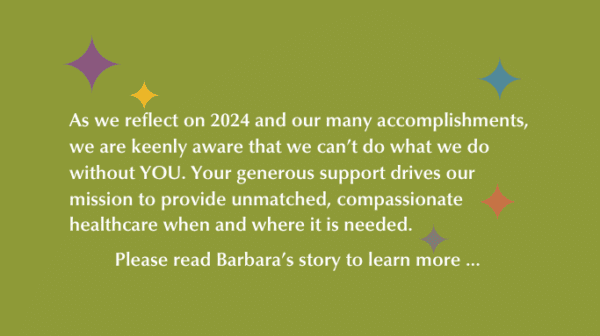

It’s October and the leaves are falling … but that’s not all that’s falling. And not all falls are so enchanting as an autumn leaf.
In the U.S., more than 1 of 4 people aged 65 and older will experience a fall each year and, sadly, an older adult dies from a fall every 20 minutes. Balance, leg strength, health conditions, and medications contribute to fall risk as we age.
But falling is not an inevitability. There are tools and exercises available to reduce risk and increase safety.
A good starting point is the CDC’s “STEADI” program. Their simple assessment evaluates an individual’s risk for falling and encourages appropriate escalation.
Falls can also be minimized by assessing the home – where most falls take place! Floors should be free of clutter, loose rugs, or wires. Stairs should be uncluttered, well-lit, with sturdy handrails on either side. Bathrooms should have grab bars and non-slip surfaces in the tub or shower. Experts also recommend subscribing to a personal medical alert service, particularly for older adults who live alone. Having this emergency detecting service can dramatically speed emergency support in the event of a fall.
Finally, falling can be addressed — at any age — by improving strength, balance, and flexibility, particularly in your legs. RVNAhealth’s rehabilitation team offers evaluations and a variety of therapy techniques aimed to reduce the risk of falls. The Otago fall prevention program focuses on improving balance and strength, and Vestibular therapy aims to improve balance issues caused by dizziness. RVNAhealth also offers Philips Lifeline personal medical alert devices to anyone who lives alone or wants added peace of mind.
For more information, call RVNAhealth at 203-438-5555 or write to info@RVNAhealth.org.



